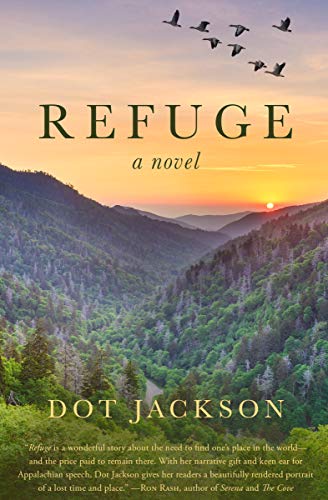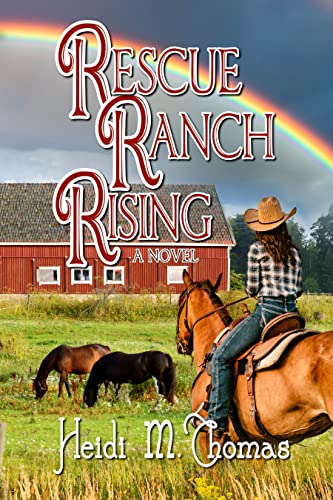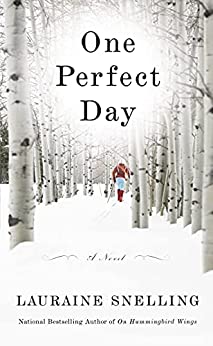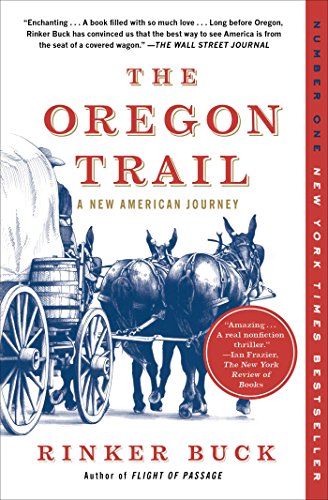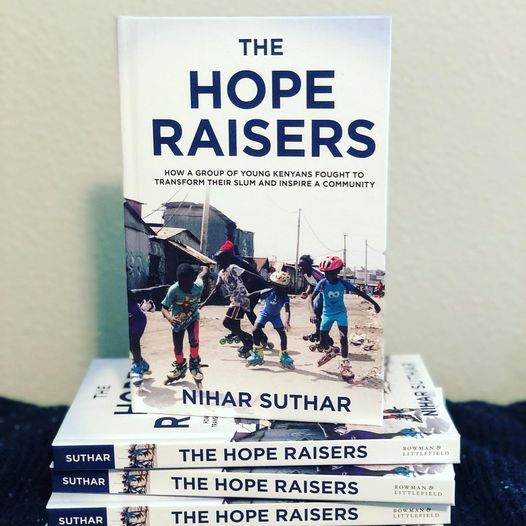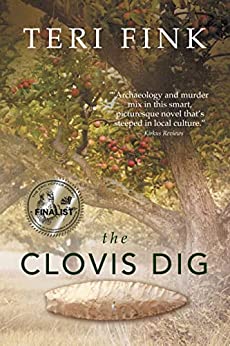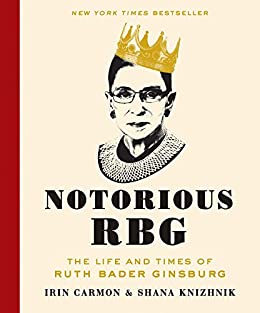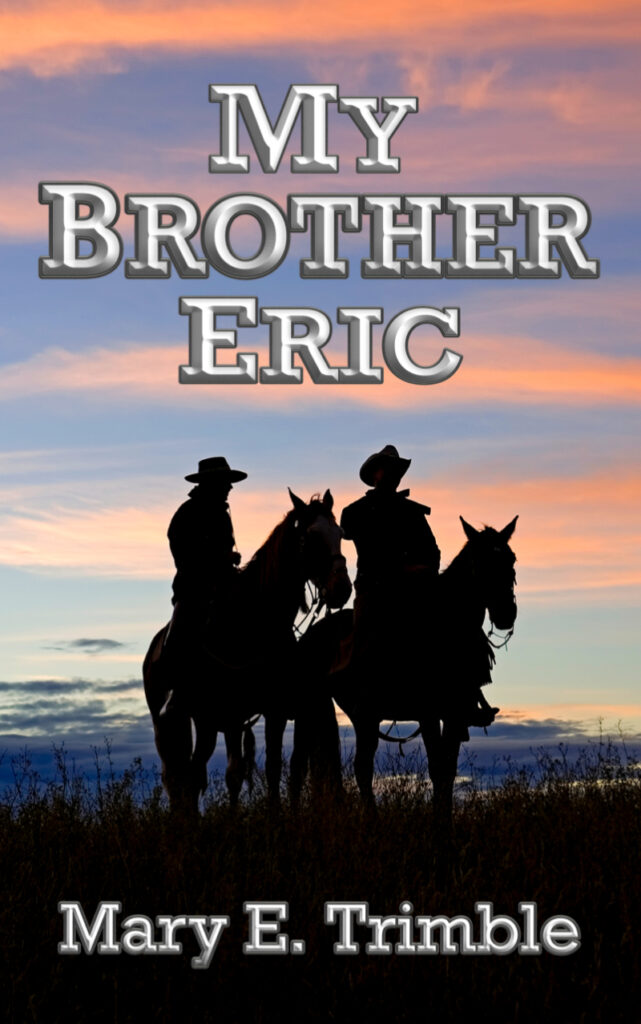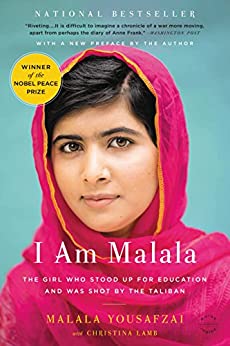
“To all the girls who have faced injustice and been silenced. Together we will be heard.”
—-Malala Yousafzai
I Am Malala: The Girl Who Stood Up for Education and Was Shot by the Taliban by Malala Yousafzai and Christina Lamb is an extraordinary memoir of a young Muslim girl who was shot at close range, by a Pakistani Taliban as she sat on a school bus surrounded by her classmates.
Malala, her father, mother and two brothers lived in Swat, a mountainous village in Pakistan. Her father was a strong advocate for education and worked hard to open his own co-educational school, believing the government schools were inadequate. Further, he felt the lack of education was the root of Pakistan’s problems.
Malala was born in 1997 within a society that highly valued the birth of boys. When a son was born it was cause for celebration, but the birth of a girl was met with quiet disappointment. It was believed her role in life would be simply to prepare food, give birth to children, and be obedient to her husband. Malala’s father, however, did not share the beliefs of his countrymen concerning women. Although they were strict Muslim, the family did not believe in the growing influence of the Taliban, who forbid education for girls, threatened those who attended school, and even burned school buildings. Malala’s father did not insist that she cover her face, praised her efforts in excelling in her school work, and encouraged her to speak out about her God-given rights and talents.
The memoir goes into detail about Malala’s life as a young child, their customs and beliefs. She loved her country and its rugged mountains. Her greatest joy was attending school with her friends and competing with them in examinations.
When Malala was fifteen years old, as she sat on a school bus with her friends, a Pakistani Taliban shot her in the face. The bullet grazed her left eye, skull and brain, lacerated a facial nerve, shattered her eardrum and broke her jaw joints. She was rushed to Birmingham, England and against all odds and with the aid of British doctors, Malala survived her wounds.
When Malala was 17, she was awarded the 2014 Nobel Peace Prize, the world’s youngest Nobel Prize laureate. At the time of the book’s writing, she and her family live in England. She likes her new country because “people follow rules, they respect policemen and everything happens on time.” There is no fear about harm on the way to school, women have jobs unimaginable in Pakistan. Nevertheless, Malala misses her homeland and longs to return.
Malala does not want to be remembered as the “girl who was shot by the Taliban” but rather the “girl who fought for education.”


